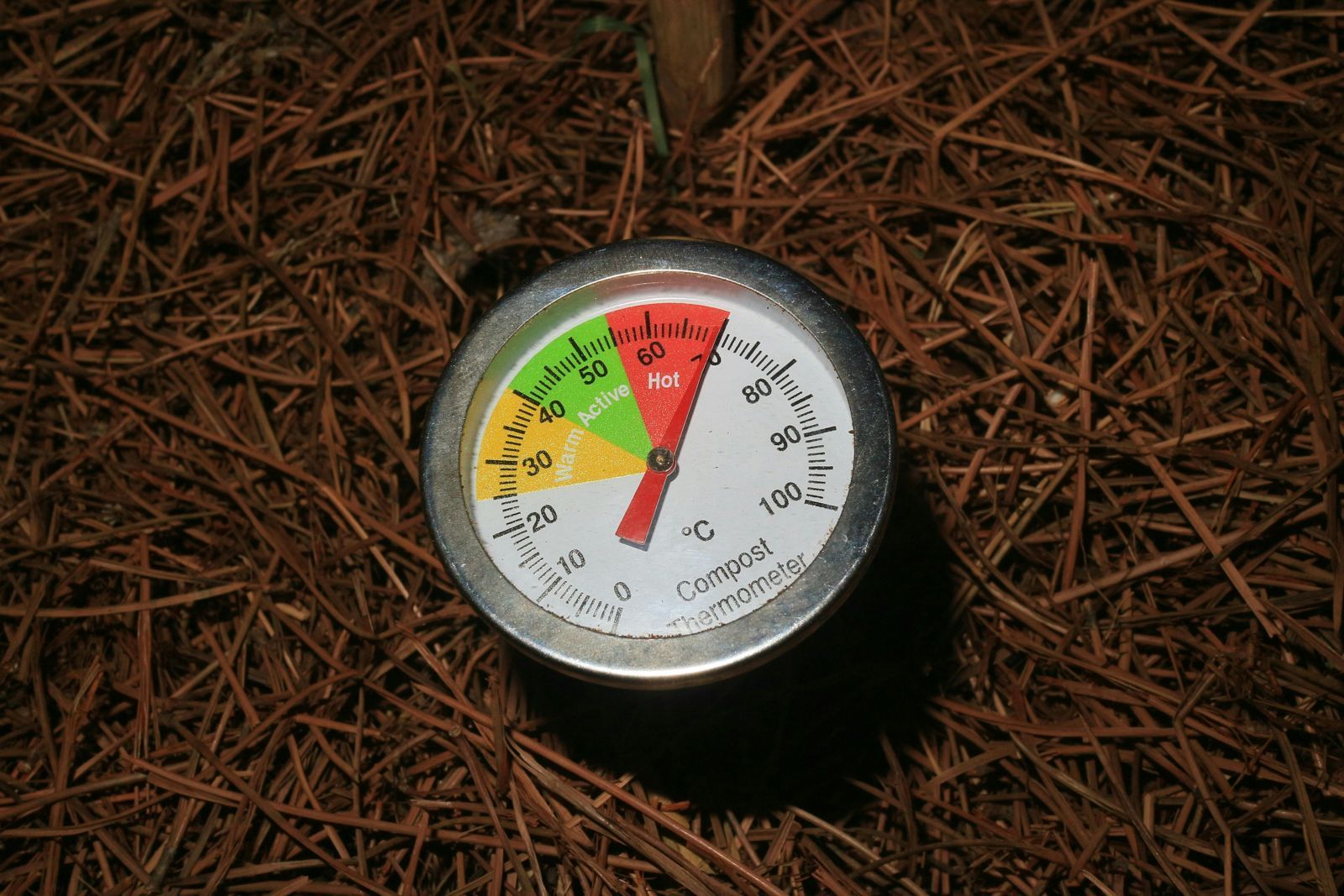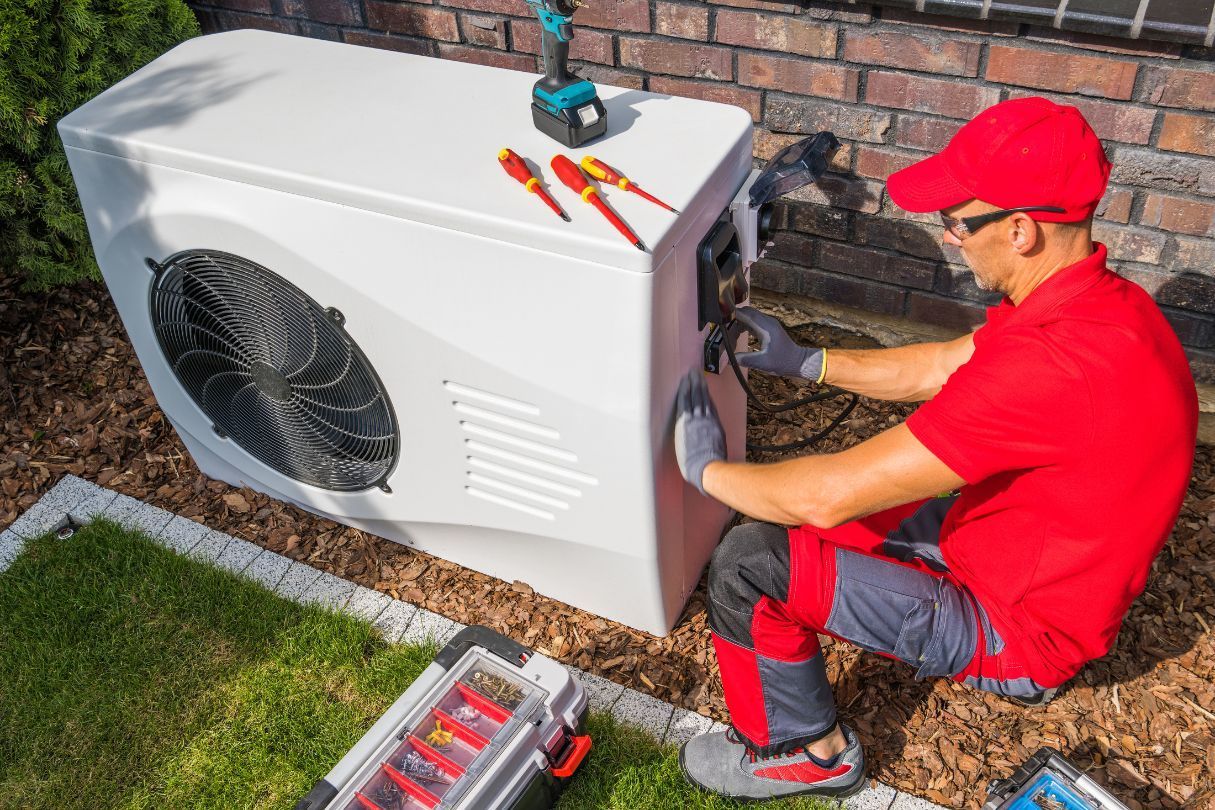Cut Your Carbon Footprint with Air Source Heat Pumps
Reducing our carbon footprint has become a priority in the quest for a more sustainable lifestyle. Air source heat pumps offer an effective solution to achieve this goal. By providing energy-efficient heating, these systems help the environment and bring economic benefits to homeowners.
How Air Source Heat Pumps Work
Air source heat pumps extract heat from the outside air and transfer it into your home. This process is significantly more efficient than traditional heating methods, which often rely on burning fossil fuels. As a result, these pumps contribute to significant
carbon emissions reduction, making them a vital part of
eco-friendly heating solutions.
Integration with Renewable Energy
One key benefit of heat pumps is their ability to integrate seamlessly with
renewable energy systems. Using a natural and abundant resource like air, these pumps align perfectly with the growing demand for
green energy alternatives. This transition decreases reliance on non-renewable resources and supports global efforts to combat climate change.
Economic Benefits for Homeowners
Installing air-source heat pumps can lead to substantial savings on energy bills. Homeowners can maintain a comfortable living environment by providing energy-efficient heating while reducing their environmental impact. This makes them a wise investment for anyone looking to adopt
sustainable home heating practices.
Versatility and Adaptability
Moreover,
air source heat pumps' versatility allows them to function efficiently in a variety of climates. They can provide heating and cooling, enhancing their appeal as a comprehensive,
environmentally friendly heating solution. This adaptability ensures that they can meet the needs of different households, regardless of location.
Improved Indoor Air Quality
In addition to their environmental benefits,
air-source heat pumps improve indoor air quality. Reducing the need for combustion-based heating minimises the release of harmful pollutants into the home. This leads to a healthier living environment, an often-overlooked advantage of
eco-friendly heating solutions.
In conclusion,
air-source heat pumps present a practical and effective way to
reduce your carbon footprint. By choosing this
eco-friendly heating solution, you are positively impacting the environment and supporting a sustainable future.
You might also like












